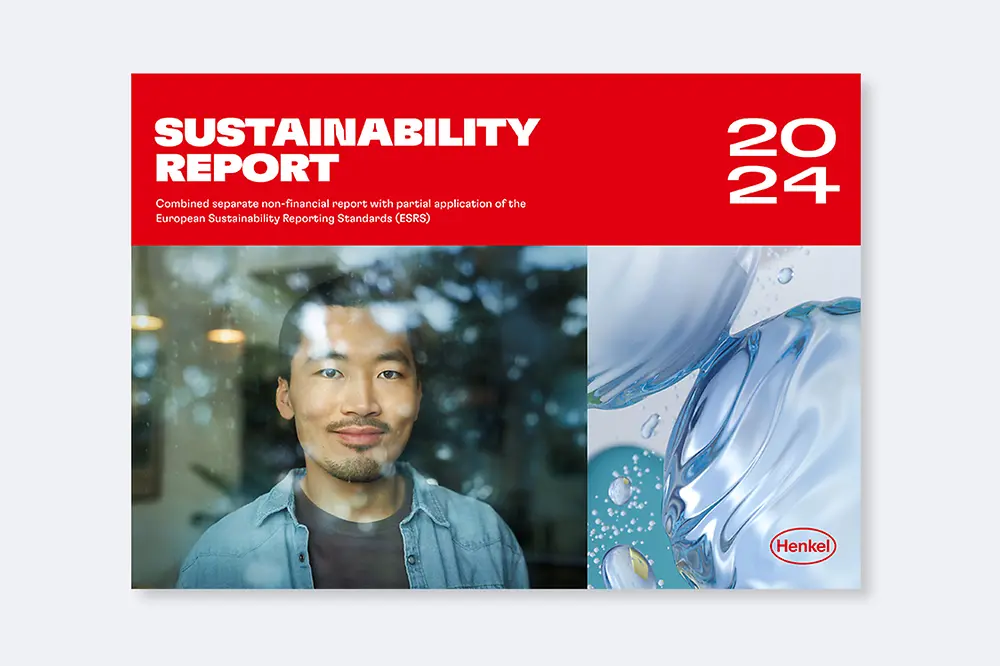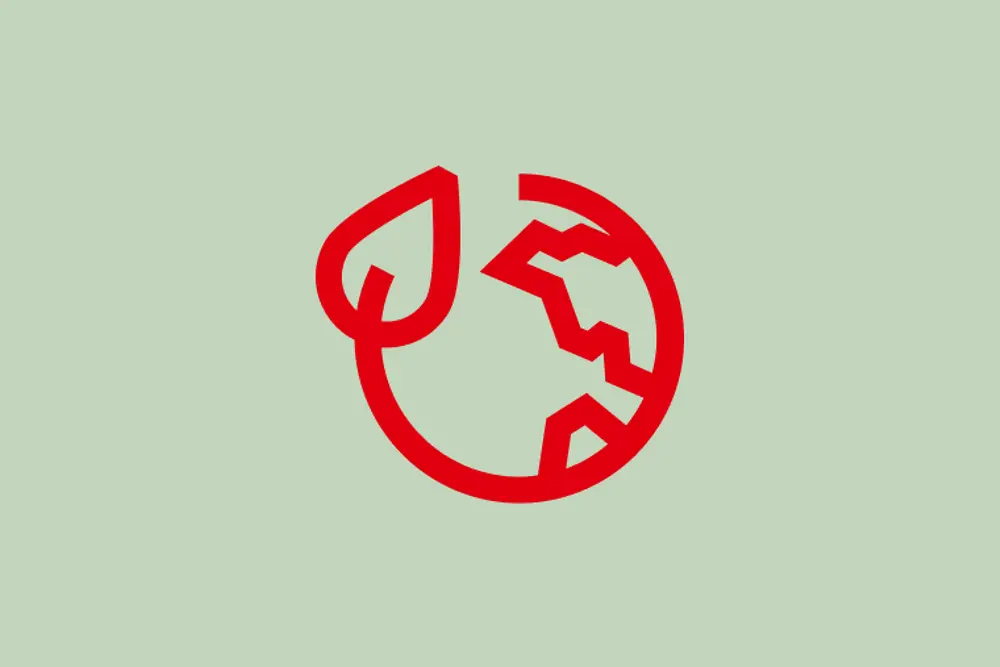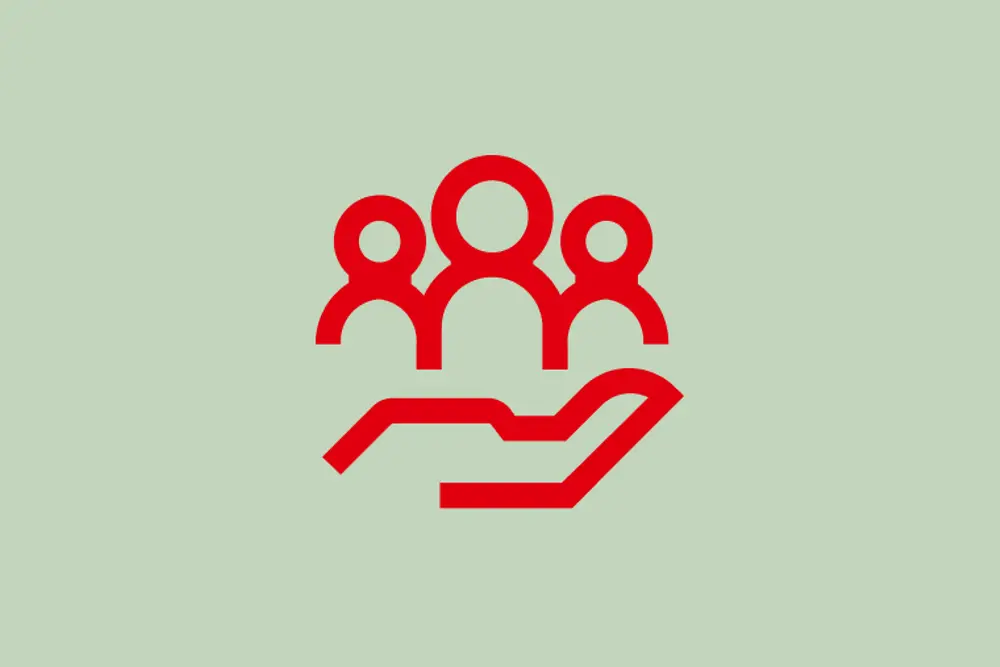Discover the brands and technologies from our business units Henkel Adhesive Technologies and Henkel Consumer Brands.
STRATEGY

Our sustainability strategy is a direct reflection of our company’s commitment to “Purposeful Growth”. We are committed to driving transformational change by creating more value for our stakeholders, developing our business successfully, and acting sustainably for the benefit of current and future generations.
Transformational impact for the good of generations
At Henkel, we see sustainability as a constant endeavor to make progress on present topics and keep learning about new issues, based on scientific knowledge. Global climate change is one of the greatest challenges humanity is facing today, requiring urgent and ambitious action. It is also critical to protect and regenerate our resources and life-support systems like forests, water and biodiversity, for present and future generations. At the same time, we are seeing global poverty and social inequality increase, which in turn jeopardizes human rights and the basis of social coexistence. And in the process, we acknowledge that companies like Henkel play a role in meeting these challenges and bringing about transformational change.
Responsibility for people, planet and society
Our corporate purpose defines the common ground that unites all of us at Henkel: Pioneers at heart for the good of generations. With our pioneering spirit, our knowledge, our products and technologies, we want to enrich and improve the lives of people every day and shape a viable future for the next generations.
Sustainable business practices have been an integral part of our company culture for decades, and are also a central element of our vision of the future. Together with innovation and digitalization, sustainability forms the core of our corporate strategy, the Purposeful Growth agenda.
We will build on our particular strengths, such as the innovation of our business units, the comprehensive knowledge of our employees, as well as various contact points of our products and technologies with customers and consumers. We intend to work with others to create fundamental change.
We link our 2030+ Sustainability Ambition Framework to the high aspiration of achieving a “Transformational Impact for the Good of Generations“. The framework spans the three dimensions of ESG.
Our 2030+ Sustainability Ambition Framework
Our sustainability strategy revolves around implementing our ambitions through concrete measures and projects to achieve practical progress. Our 2030+ Sustainability Ambition Framework sets our long-term ambitions in the three dimensions of Regenerative Planet, Thriving Communities and Trusted Partner.
OUR PURPOSE
Pioneers at heart for the good of generations.
⏷
TRANSFORMATIONAL IMPACT FOR THE GOOD OF GENERATIONS
![]()
REGENERATIVE PLANET
We strive to achieve a circular economy, a net-zero future and the regeneration of nature.
![]() CLIMATE
CLIMATE
Become a net-zero business by decarbonizing our operations and raw materials.
![]() CIRCULARITY
CIRCULARITY
Advance circularity through our products, packaging and technologies.
![]() NATURE
NATURE
Protect and restore biodiversity with a focus on forests, land and water, and ensure responsible resource stewardship.
Products
![]()
THRIVING COMMUNITIES
We actively contribute to people being able to lead a better life through our business and brands.
![]() EQUITY
EQUITY
Strengthen diversity, equity and inclusion, respect human rights and enhance the livelihoods of people.
![]() EDUCATION
EDUCATION
Support lifelong learning and education, and motivate people to take action for sustainability.
![]() WELLBEING
WELLBEING
Foster health and wellbeing, and help drive social progress.
People
![]()
TRUSTED
PARTNER
We are committed to product quality and safety while ensuring business success with integrity.
![]() PERFORMANCE
PERFORMANCE
Reliably deliver best-in-class product performance and safety as the foundation of our business success.
![]() TRANSPARENCY
TRANSPARENCY
Integrate sustainability into our business governance with transparent reporting, disclosure and engagement.
![]() COLLABORATION
COLLABORATION
Scale sustainability impact with our partners, leading to responsible business practices in our supply chains.
Partnerships
Key ambitions 2030+
Our 2030+ Sustainability Ambition Framework sets our long-term ambitions in the three dimensions of Regenerative Planet, Thriving Communities and Trusted Partner.
Our key levers for change
We also defined how we aim to make progress across our value chain by defining three key levers to achieve systemic change:
- Products and technologies are the heart of everything we do. We create more value for our customers and consumers by constantly innovating to offer better performance with a reduced ecological footprint.
- People are the focal point for our business and our sustainability-related activities. Our employees contribute to sustainable development through their engagement. Our suppliers, shareholders, customers and consumers and our neighbors play an important role in driving impactful change together.
- Partnerships are decisive for implementing and scaling sustainable advancements. We share knowledge and drive systemic solutions forward by working together with our partners along the value chain, and also with experts, universities, civil society and other companies.






